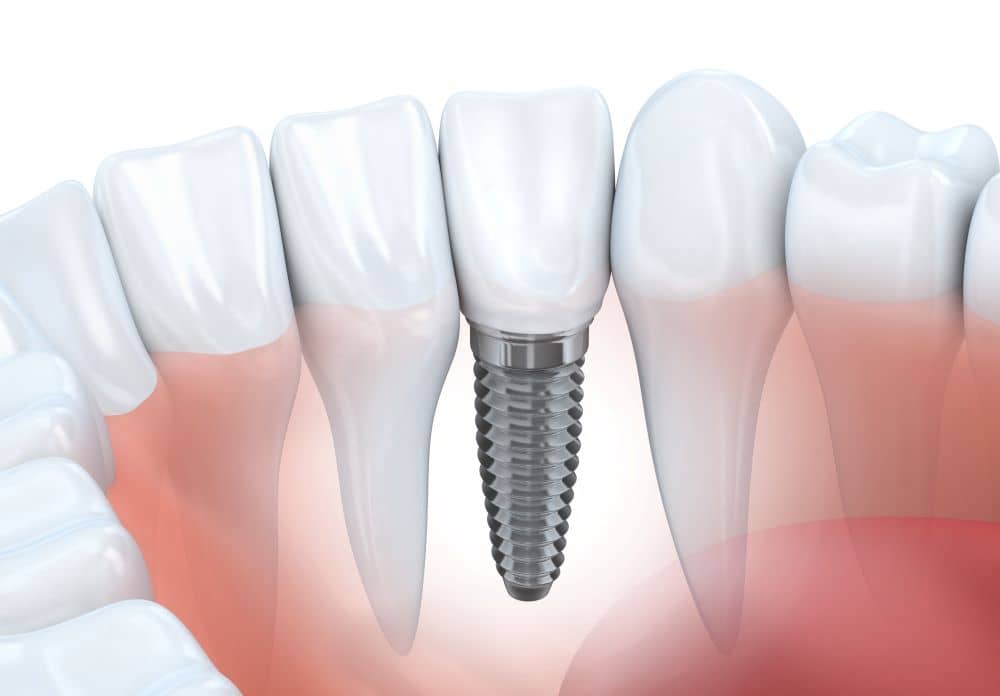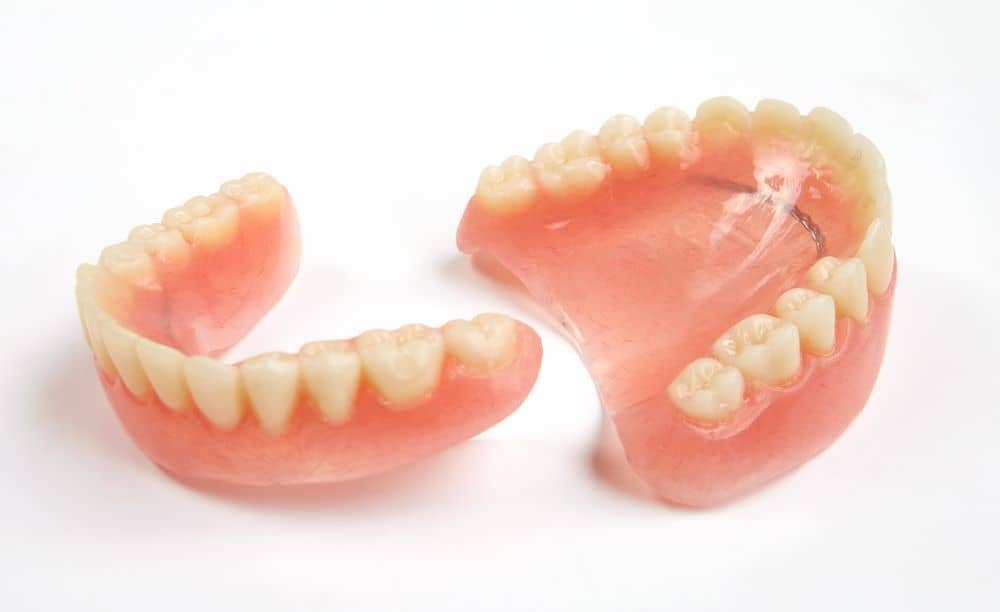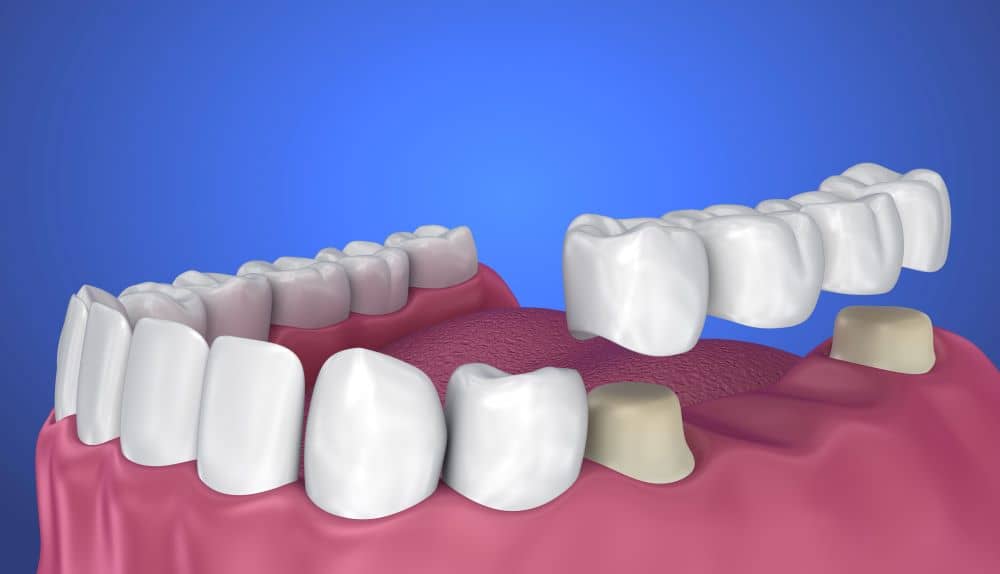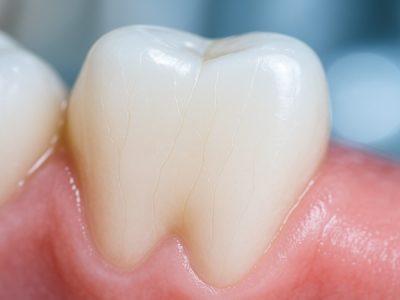Losing a tooth (or teeth) is not something you probably look forward to. But it is a reality of life, and it can happen to anyone, not just older people. Old age is not the only reason why tooth loss occurs.
It could be due to:
- An accident, such as car collisions
- A sports injury, perhaps after colliding with another player
- Poor oral hygiene
- Gum disease
If you don’t visit your dentist at least once or twice a year, you could be prone to tooth loss, and you may not know the exact reason why. Losing teeth, even if it is one single tooth, can drastically reduce your confidence. That’s why many people are afraid to smile because of the unsightly gaps in their mouths. But more than the physical appearance, you may not be aware of your missing teeth’s negative impacts on your oral health, which can include:
- A missing tooth encourages unnecessary movement of other adjacent teeth. Therefore, when those teeth begin to move, they shift towards the gap. This attempt to fill that hole can result in malocclusion.
- Shifting of the adjacent teeth can also cause them to loosen. If left alone, it could lead to added teeth loss.
- Your mouth requires a bit of time to adjust to the missing tooth. It takes longer if you have more than one tooth missing. You will need to change your talking and eating or chewing habits. While you try to get used to tooth loss, your mouth continues to function differently.
- Jaw shrinkage is a huge problem associated with tooth loss. It’s a significant issue that you should not ignore because it can lead to more oral health disorders. Bone loss occurs because of the absence of tooth root, which is vital in stimulating the jaw bone.
If you have lost a tooth or several teeth, there’s good news for you. There’s no reason for you to suffer from lower self-esteem and oral health issues. Your dentist can evaluate your situation and determine the possible treatment for you.
But before you go to the dentist, you are probably wondering what your options are for replacing your missing teeth. You may be aware of dentures or false teeth, and even implants. Many people do not want to wear dentures but are not a good candidate for dental implants. Are there other possible procedures? The answer is yes.
We’ll tell you the different ways to replace missing teeth so that you can figure out the most suitable one for your case.
Option 1: Dental Implants
When it comes to replacing missing teeth, one option truly stands out: a dental implant. Many patients want to have implants, especially when they have more than one tooth missing. It offers plenty of benefits that you cannot get from other choices like dentures and bridges. Some of these benefits are outlined below:
- Tooth roots support bone tissue. But because you lost a tooth, that tissue is no longer needed. Therefore, the body will slowly reabsorb it, causing the jaw bone to shrink. It’s one of the major causes of saggy facial features. An implant can help prevent bone loss because the tooth root remains in its natural position.
- Probably the biggest reason why patients prefer implants is that they resemble teeth. Implants look and feel like real teeth. They are designed to fit into the gaps that the lost teeth left behind. Dental implants are the most natural-looking restorative treatment you can find.
- Because implants feel like teeth, they (almost) function like your natural teeth. An issue with other options is that you can no longer bite down like you used to with your natural teeth. You have to be more careful. With an implant, you could get virtually the same bite force. That’s because implants are not applied on the surface; rather, they are placed into the jaw as if they are a part of your mouth.
- Having implants means that you do not have to worry about lisping and other speech issues. You won’t experience any difficulty in pronouncing words because implants function like your natural teeth.
- Implants, at first, may be expensive, but they are cost-effective replacements. They last for a long time with minimal requirements. Of course, you need to care for your oral health by brushing and flossing regularly. Other than that, you can do almost everything else without needing to have implants replaced every few years.
- Implants do not slip, so there is absolutely no risk of your implanted teeth falling out of your mouth, whether you’re eating or speaking.
With the advantages above, it is no wonder why dental implants are considered the gold standard for missing tooth replacements.
Option 2: Partial Denture
A partial denture is exactly what its name implies. It only replaces one or more teeth within the same arch. In some cases, the teeth are not close to one another. Partial dentures are removable and are made of an acrylic base. Over the years, technology has improved the strength of dentures, so you should not worry about them breaking. However, it doesn’t mean they work the same way as your natural teeth.
Partial dentures usually have metal or nylon clasps that are attached to your other teeth. These clasps allow the dentures to stay in place firmly but loose enough for easy removal. Some fasteners are gum-coloured, so they are not as visible.
If you’re considering a partial denture, here are its benefits:
- It’s pretty affordable – less expensive than implants.
- Dentures help you restore your smile.
- Wearing dentures help fill the gaps between your teeth, which may boost your confidence.
- You can eat and speak comfortably when you’re wearing a properly fitted denture.
- A partial denture offers the possibility of adding more teeth to the denture itself.
Unlike implants, partial dentures involve a non-invasive treatment. The process is also speedy, so you can go home and even drive like normal. However, one thing to note about wearing dentures is that you should clean them every day. Also, you should never forget to remove them before you sleep, which helps your gums recover.
Option 3: Full Denture
This option is the same as the one above, except that you will have all (or most of) your teeth removed. They will be replaced by a complete denture. Don’t worry, though; it usually takes several trips to the dentist. So, you will not lose all your teeth at once (although that may not be reassuring for you). Regardless, there are cases where a complete denture is required because most of the teeth are already decayed, and there’s no real benefit in saving them.
Unlike a partial denture, the procedure for a full denture can be a little invasive. It’s especially true if you still have more than a few teeth left that should be extracted.
Wearing complete dentures, like partial dentures, should not be done for 24 hours. Also, the denture can be uncomfortable but will surely help you feel more confident and comfortable in smiling and chewing. Dentures are affordable but may require modifications or replacement often because your jawbone will shift. You should also be careful with what you eat. Stay away from hard, crunchy, and sticky foods, which can damage the false teeth.
Option 4: Implant-Supported Bridge
This type of missing tooth replacement is fixed. It’s the solution you could be searching for if you want to forget that you ever lost your teeth. Your new teeth will be strong, so you can eat some of the foods you like. Plus, an implant-supported fixed bridge provides an aesthetically pleasing smile. The bridge can be designed for people with missing gum tissue, which will be replaced by gum-coloured porcelain.
This option is a good alternative for those who do not want to replace their teeth with an implant. It’s also possible to replace the whole arch of teeth. Some of the benefits of this treatment include:
- You will have teeth that look almost the same as your natural tooth.
- You can speak better and more clearly with this type of bridge.
- You may be able to eat virtually anything.
- It’s less expensive compared to a dental implant.
- It can last for a long time before you should have the bridge replaced.
If you’re worried about the dentist grinding down your healthy teeth, this bridge type may be for you. Be sure to ask questions about this procedure so you know what to do. Your dentist may suggest this type of bridge if your missing teeth are adjacent to one another. And while it is more affordable than replacing all your missing teeth with implants, it is still quite expensive. Suppose you require restoration of a complete arch of teeth. In that case, you may want to look for a different option, especially if you’re on a budget.
Option 5: Tooth-Supported Bridge
Another type of fixed bridge is with tooth support, which is a common alternative to implant restorations. With a tooth-supported fixed bridge, you can have a missing tooth replaced with two crowns. These crowns are placed onto the teeth on the sides of the gap (abutment).
This restoration procedure permanently cements the bridge in place. It may consist of different materials, such as gold, metal alloys, or porcelain.
Are you wondering if this is the type of bridge that will work best for you? Take a look at the benefits below:
- You’ll feel as if the bridge is your real tooth.
- Bridges often function as the actual human teeth.
- The procedure for placing bridges is usually straightforward and painless.
- Maintenance is never a problem because you can brush and floss like normal.
- In the instance that the bridge treatment fails, it can be replaced quickly without you feeling any pain.
A tooth-supported bridge usually involves a few trips to the dentist. Still, it is a simple process, although expensive compared to removable dentures. Grinding down the adjacent teeth is often required to ensure there is support for the bridge.
Option 6: Resin-Bonded Bridge
Another type of bridge is resin-bonded, which is only suitable for those with missing front teeth. A resin-bonded bridge is fragile. It is only applicable for the front teeth because you usually don’t use those teeth to chew. Resin-bonded bridges are easy to recognise because they have two wings attached to the abutment teeth. These wings are connected to the replacement teeth (also known as pontic).
The abutment teeth should be strong and healthy. If your missing front teeth are next to damaged teeth, you may not be qualified for this type of restoration. It is unlikely that the adjacent teeth will require some shape change through grinding. However, the dentist may choose to have a small amount of enamel removed.
Option 7: Don’t Do Anything
Finally, your last option is not to do anything, which is not recommended. We have explained the importance of replacing the missing teeth at the beginning of this blog post. Additionally, if you do not act quickly, you may require a bone graft if you opt to have an implant a few years down the road. This bone graft will help make up for the lost bone, making the procedure even more complicated.
Your dentist knows what’s best for you. Be sure to talk to your dentist about the possible treatments and the best option. If you are not happy about it, don’t hesitate to voice out your concerns. Your dentist should be able to explain every single detail involving the upcoming procedure.
At Chelmsford Dental, we make sure that you will be satisfied with the treatment and, more importantly, the result. We offer all types of teeth replacements, including dentures, implants, and bridges. Do you have missing teeth? Please don’t hesitate to speak to our friendly team. We would love to give you helpful advice in making sure you will have new teeth that feel, look, and function like your natural teeth.







